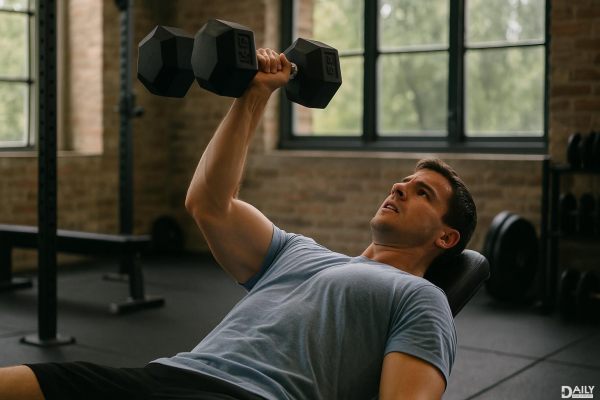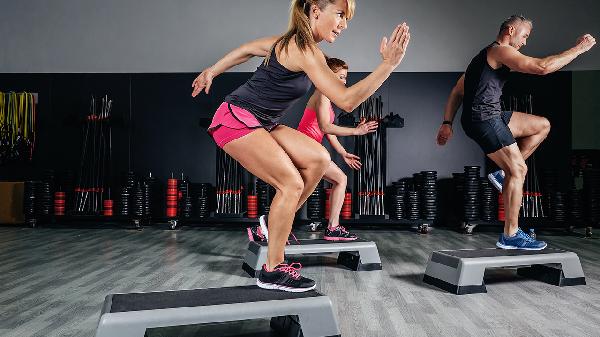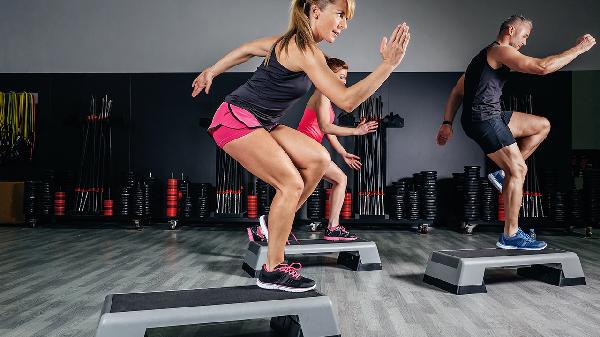One set training—can it really help you build muscle faster? The short answer is yes, but with some major caveats. While single-set workouts can be effective for beginners or those short on time, they’re not a magic bullet for everyone. The key lies in intensity, consistency, and understanding how your body responds to different training styles. If you're looking for a quick pump without spending hours in the gym, this approach might be worth a shot, but let’s break down the science and practicality before you ditch your usual routine.

Muscle growth, or hypertrophy, happens when you challenge your muscles beyond their usual capacity, causing micro-tears that repair stronger. Traditional bodybuilding wisdom says you need multiple sets (3-5 per exercise) to maximize this effect. But research has shown that one all-out set to failure can stimulate similar growth—if done right. A study in the Journal of Strength and Conditioning Research found that single-set training produced comparable strength gains to multiple sets in untrained individuals. The catch? You have to push yourself to absolute muscle failure, meaning you couldn’t do another rep even if someone paid you. That level of effort isn’t easy to sustain long-term, which is why this method works best for short phases or time-crunched lifters.
If you're new to lifting, one-set training can be a great way to ease into resistance work without overwhelming your body. Beginners often see rapid "newbie gains" regardless of volume, so a single hard set per exercise is enough to kickstart growth. On the flip side, advanced lifters with years of training under their belts usually need more volume to keep progressing. But even seasoned gym-goers can use one-set sessions as a deload strategy or when life gets hectic—think travel, work deadlines, or just needing a mental break from marathon workouts.
Half-assing a single set won’t cut it. To make this method work, you need to go all in. That means picking a weight heavy enough that you hit failure between 6-12 reps (the sweet spot for hypertrophy). Slow, controlled reps with a squeeze at the peak contraction help maximize muscle engagement. Techniques like drop sets—where you reduce the weight mid-set to extend the burn—can also amplify results. And don’t skip the eccentric (lowering) portion of the lift; research shows it’s crucial for muscle damage and growth. Basically, if you’re not leaving the gym feeling like you wrestled a bear, you’re doing it wrong.
While the idea of shorter workouts is tempting, there are downsides. First, if you’re not pushing to true failure, you’re leaving gains on the table. Second, some muscle groups (like legs and back) often respond better to higher volume. And third, relying solely on one-set workouts can lead to plateaus over time. Your body adapts to stress, so what worked at first may stop being effective. That’s why many trainers recommend cycling between high-intensity single-set phases and traditional higher-volume periods to keep progress rolling.
Want to test the waters? Try this full-body one-set workout, performed 3x a week with at least a day of rest between sessions:
One-set training isn’t a one-size-fits-all solution, but it’s a legit tool for certain situations. If you’re pressed for time or just need a change of pace, giving it a shot could surprise you. Just remember: intensity trumps everything here. No coasting, no shortcuts—just one brutal set that leaves you questioning your life choices. And hey, if nothing else, you’ll spend less time in the gym and more time enjoying the gains.
























